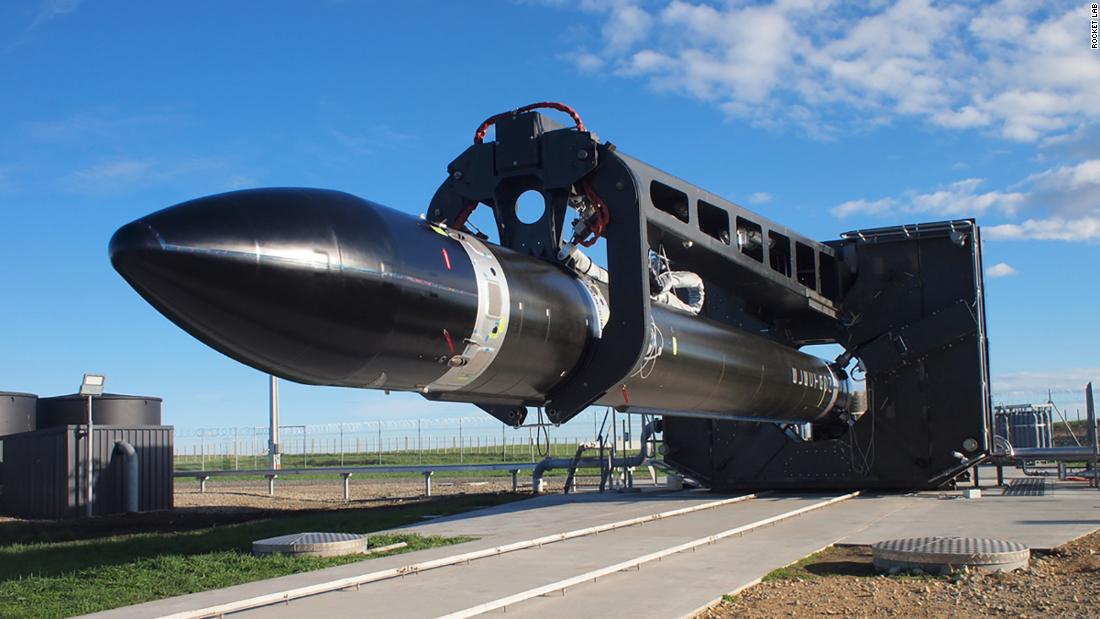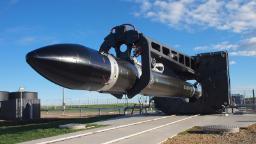

In a mission labeled “There and Back Again,” the 25-year-old space company successfully performed a mid-air helicopter capture of a falling rocket booster after a launch for the first time.
About 15 minutes after launch, cheers were heard on the livestream as the first-stage booster, which provides the initial thrust at liftoff but detaches after expending its fuel and deployed parachutes on its descent, appeared to be ensnared by the hook-wielding helicopter.
It’s not yet clear if the rocket booster made it all the way back to dry land safely. The company said it would give further updates just before 8 pm ET.
“It demands extreme precision. Several critical milestones need to align perfectly to ensure a successful capture,” Murielle Baker, senior communications advisor
The Electron rocket, Rocket Lab’s small rocket capable of launching objects into Earth’s orbit, took off at 6:50 pm ET (10:50 am local time) in New Zealand for a commercial mission. The mission deployed 34 satellite payloads for a number of commercial operators, bringing the total number of Electron-launched satellites in space to 146. Rocket Lab has conducted 25 launches with 3 failures since 2018.
Rocket boosters are used to push payloads up through the Earth’s atmosphere and into orbit, and in this Rocket Lab launch, the booster was jettisoned after the first two and a half minutes of flight.
After separating from the booster, the Electron rocket continued to orbit to fulfill the satellite deployment while the booster fell back to Earth at nearly 5150 miles per hour. Once near enough to the Earth’s surface, the booster deployed parachutes to slow its descent. A helicopter waited to snag the booster’s parachute with a hook.
NASA has retrieved spent rocket boosters from the Atlantic Ocean after a Space Shuttle launch. Rocket Lab plans to pursue the helicopter technique to recover its boosters. The company has said Electron is not large enough to carry the fuel supply needed for an upright landing, and a saltwater ocean landing can cause corrosion and physical damage.
A customized Sikorsky S-92 helicopter, a large twin-engine chopper usually used for search and rescue missions and offshore oil and gas transportation, was used in Monday’s grab. After the successful capture of the booster, the company planned to fly the machinery to an at-sea recovery vessel before moving to the company’s production complex for assessment.
Rocket Lab has previously fished boosters from the ocean in three of Electron’s 25 earlier missions. This was the first attempt at a mid-air catch.
Since its start in 2006, Rocket Lab has deployed satellites to orbit for customers including NASA, the US Space Force, the National Reconnaissance Office and Canon.